Despite an amazing history of producing excellent watches and watch movements, Seiko never seems to get the respect it deserves. Perhaps this is due to the massive volume of low-priced product bearing that name over the last 50 years, but most consumers don’t think of Seiko in the same way as their Swiss competitors. The company has tried to challenge this view many times over the years, with the Laurel, Lord Marvel, Grand Seiko, Credor, and many more besides.

But perhaps the most curious attempt by Seiko to challenge the Swiss came in the form of the SARA watch and the 4L25 movement inside. Although overlooked at the time and little-remembered today, even among Seiko enthusiasts, this market sortie deserves some consideration.
In the mid 2000s, the Swiss watch industry was stronger than ever. The major luxury watch brands were again on solid footing, selling just about everything they could produce and leaving space in the market for less expensive but still aspirational offerings from historic brands like Baume & Mercier, Longines, and Tissot as well as new entrants like Montblanc, Frederique Constant, and Maurice Lacroix. Soon, Christopher Ward, Ball, Bremont, and others began racking up sales too.
After the “quartz crisis” of the 1970s and 1980s, Swiss manufacturers drove the rebound of mechanical watches primarily with movements produced by Swatch subsidiary, ETA. Although Rolex and Jaeger-LeCoultre still had in-house movements, most other vendors had to turn to their rivals to supply the movements they desperately needed. Once the market was fully re-established, Swatch began making noise about limiting the availability of their movements to companies outside Swatch Group.
It is into this environment that Seiko began work on two related products: The “Brightz” SARA line of near-luxury mechanical watches and the Swiss-style 4L25 movement. The SARA watches were designed to go head-to-head with Swiss offerings, like so many previous attempts by Seiko. They featured fine finishing, guilloche dials, sapphire crystals, and price tags over $1,500. The line was to sit below Grand Seiko and take on the Swiss offerings in that price range.
The 4L25 movement was unlike anything ever produced by Seiko. Gone was the “Magic Lever” winding mechanism and Diashock, mainstays at Seiko for decades. Instead, this movement featured Swiss-style oscillating geared winding and Incabloc shock protection. Most importantly, the movement was exactly the same size as the popular ETA 2892, with the dial feet, date, and crown also matching that movement precisely.
But this was no ETA clone: It was an all-new movement that could be offered in ebauche form to Swiss customers wanting to distance themselves from Swatch Group. Soprod immediately began offering a similar movement, the A-10, which was taken up by Festina.1 But Seiko failed to make further OEM inroads, and that door has mostly closed as the market has consolidated.
The SARA line, too, was not a success. Although excellent watches, the SARA had little to distinguish itself and did not find a place in the display cases of upscale jewelers. Seiko retreated with the SARB and SARX line, relying on the 6R15, an upscale version of the old 7S26, for these lower-priced offerings. They proved more successful but still failed to find a place at retail alongside Swiss competitors. The 4L25 was retired as well, soldiering on as a Credor movement until 2013.

The SARA005 featured above is currently listed on eBay for $1,100. It features the 4L25 movement, visible through a sapphire display caseback, and ships with the original box. It appears to be in excellent condition and would be a wonderful addition to the collection of any Seiko enthusiast.
- A similar arrangement was reached with TAG Heuer for the 6S37 chronograph movement. ↩
Year
Country
Brand
Style
Material
Movement
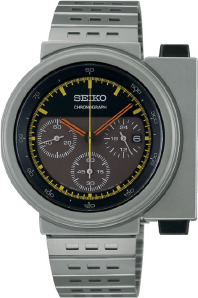
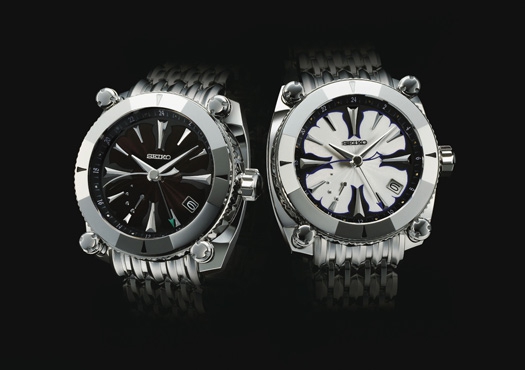

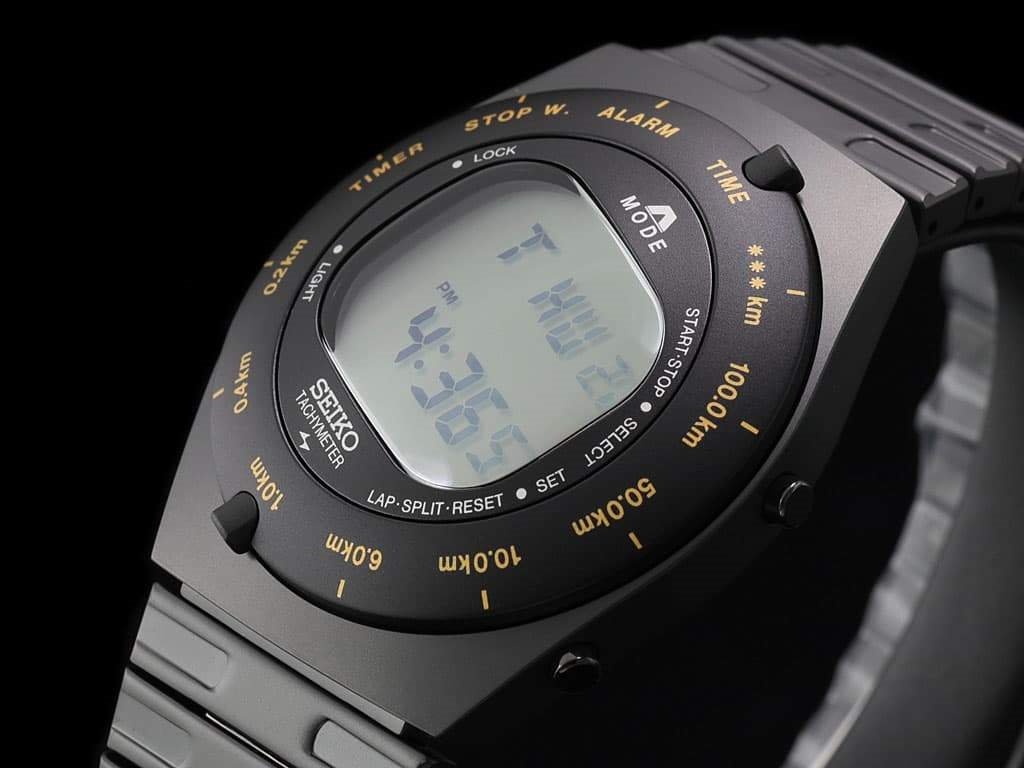
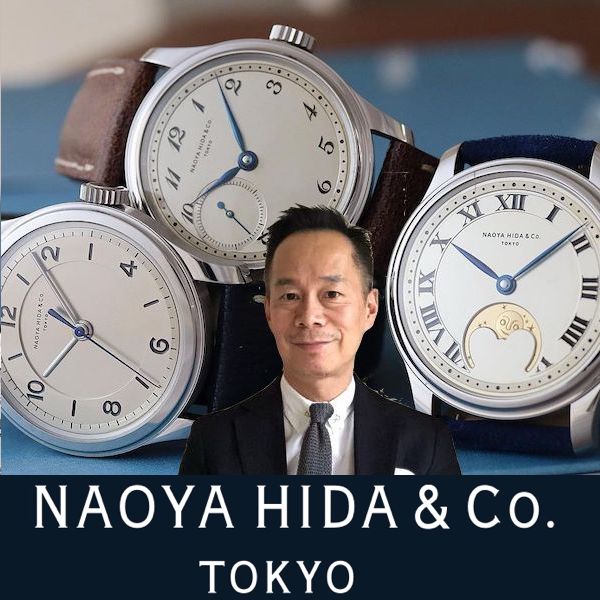
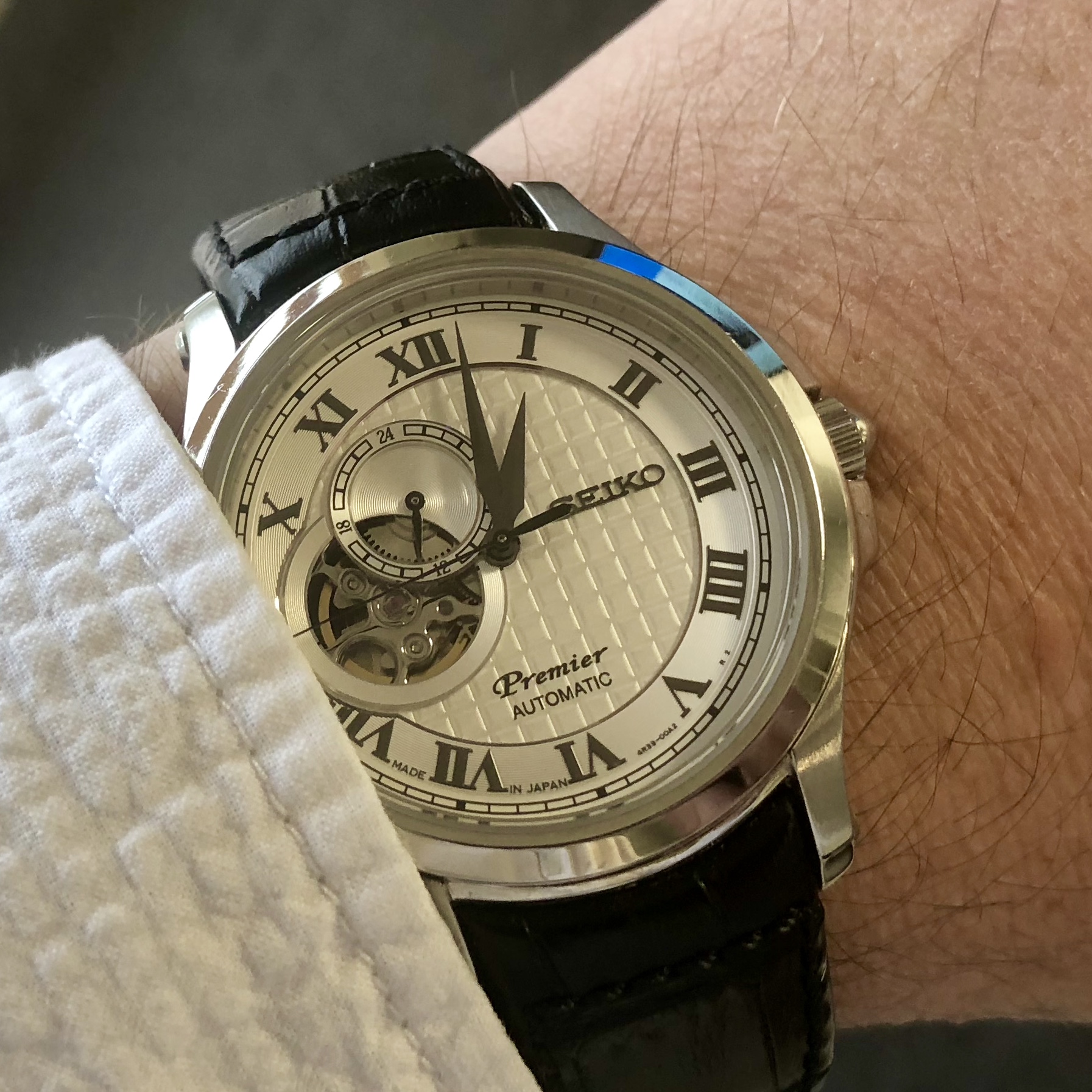
Leave a Reply